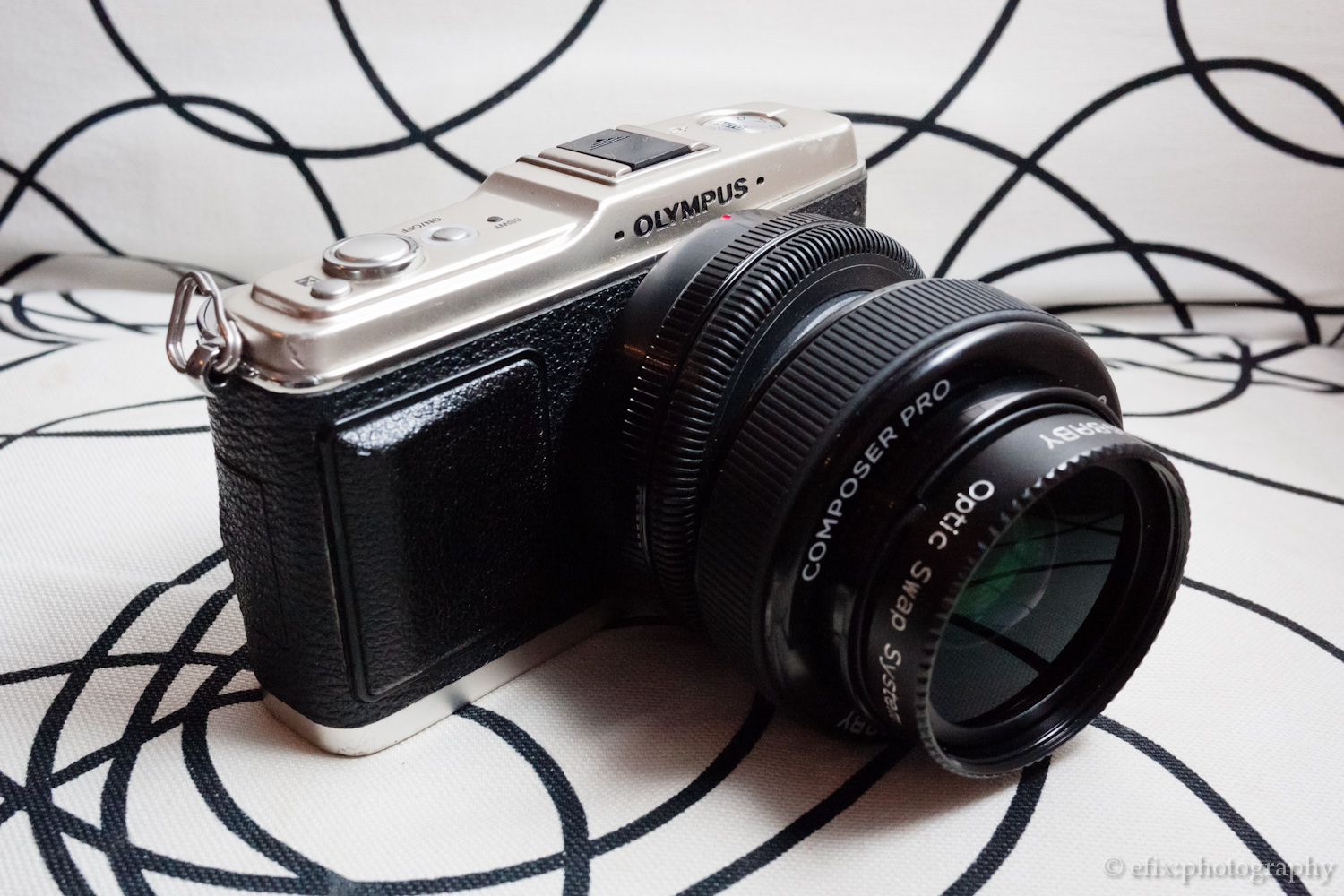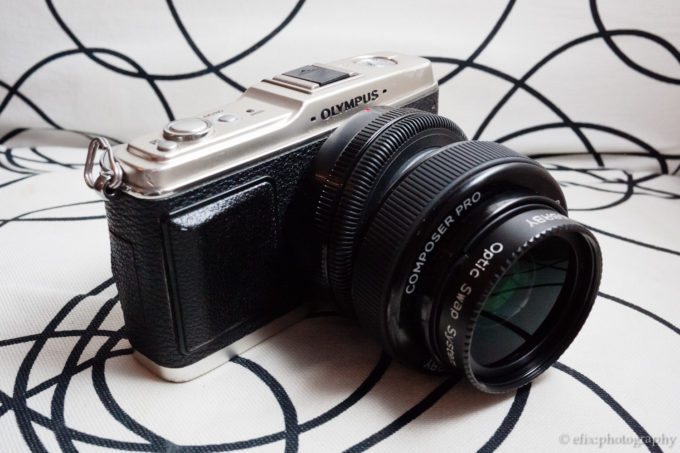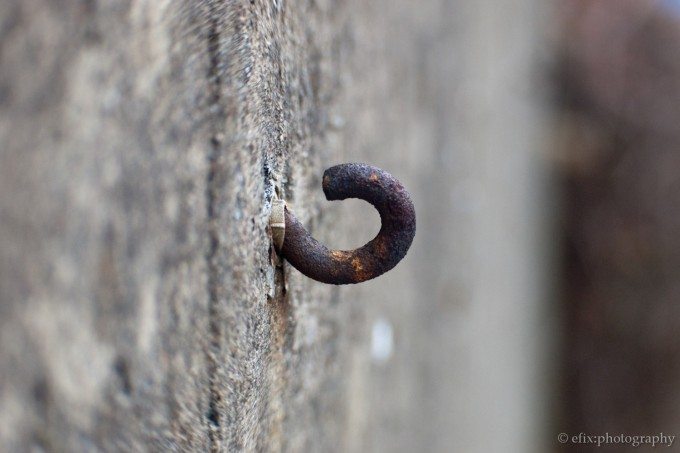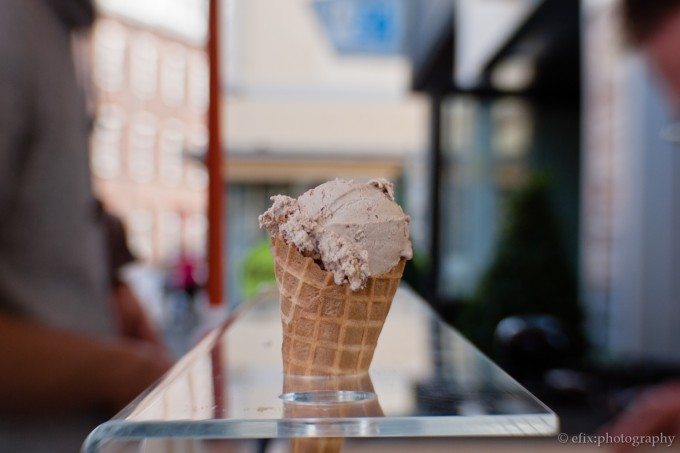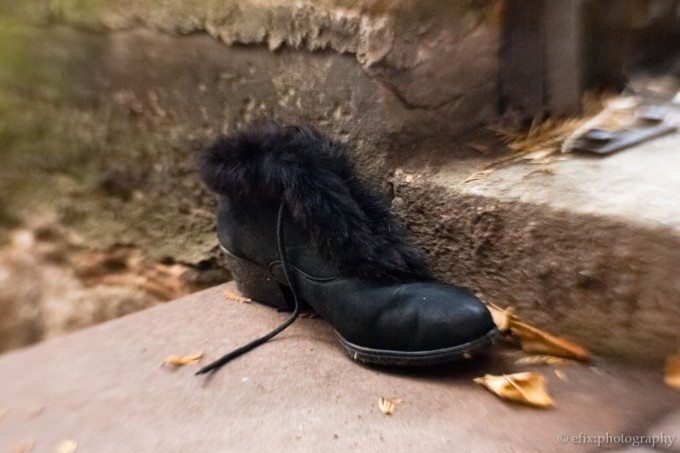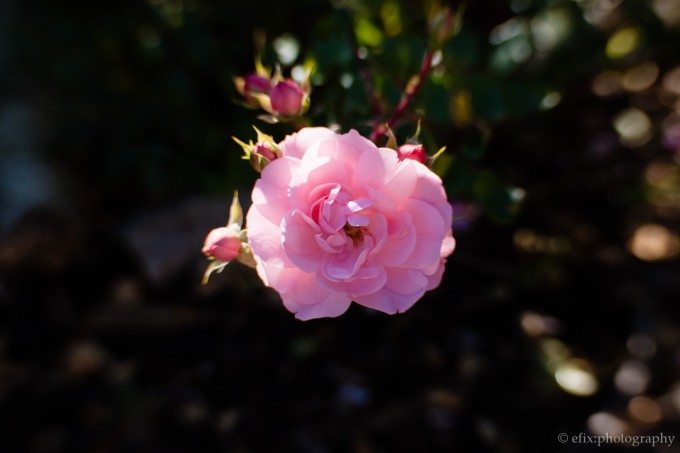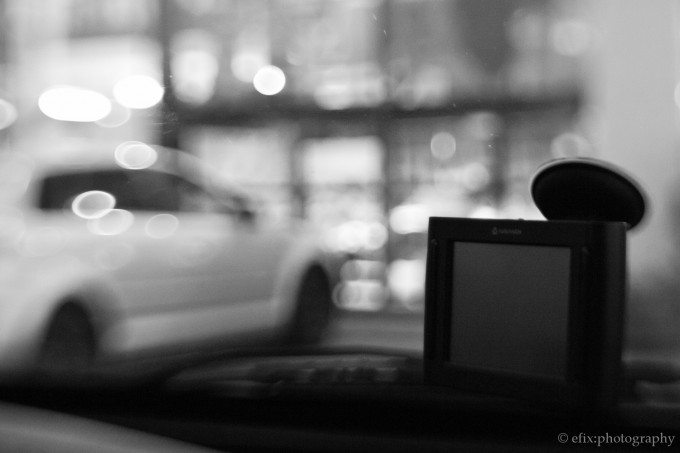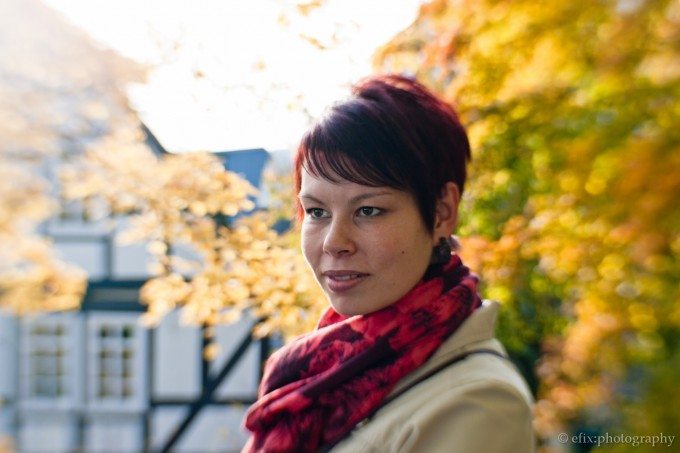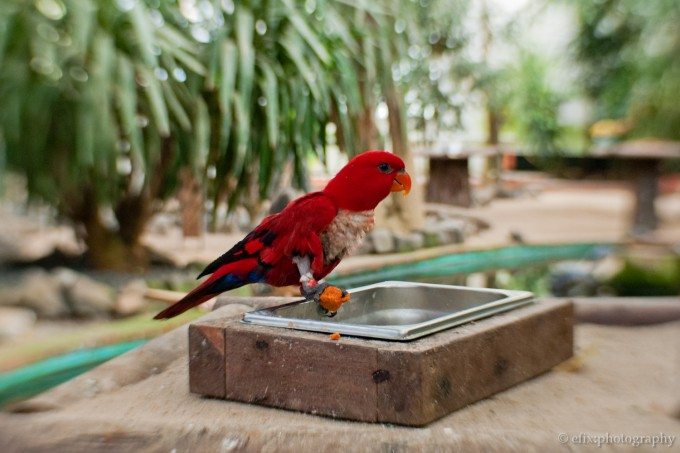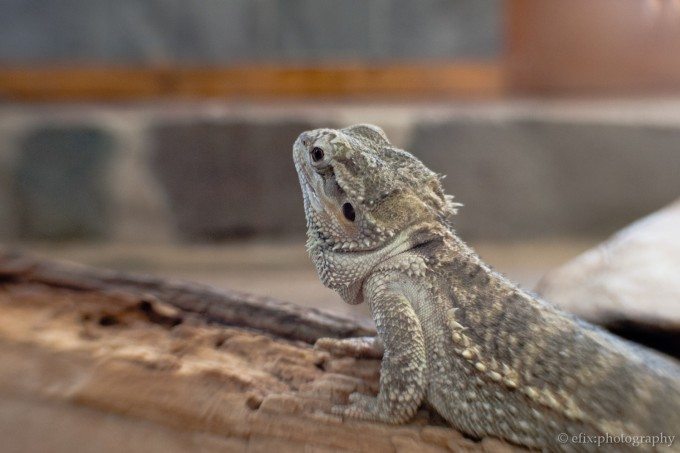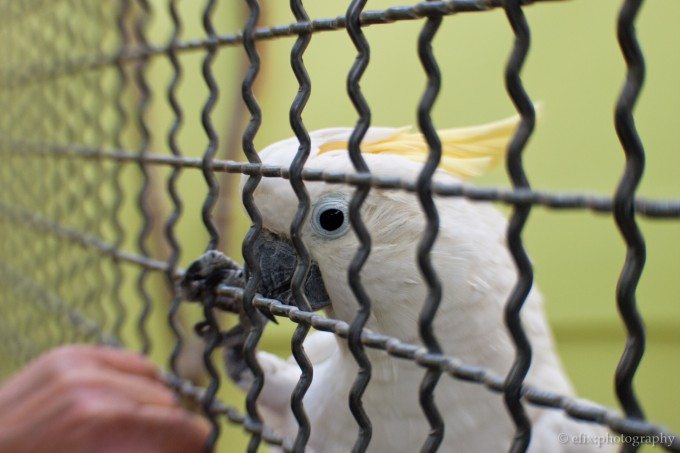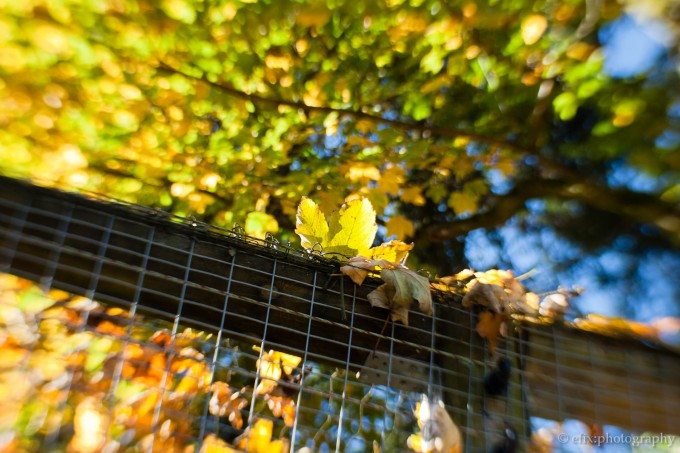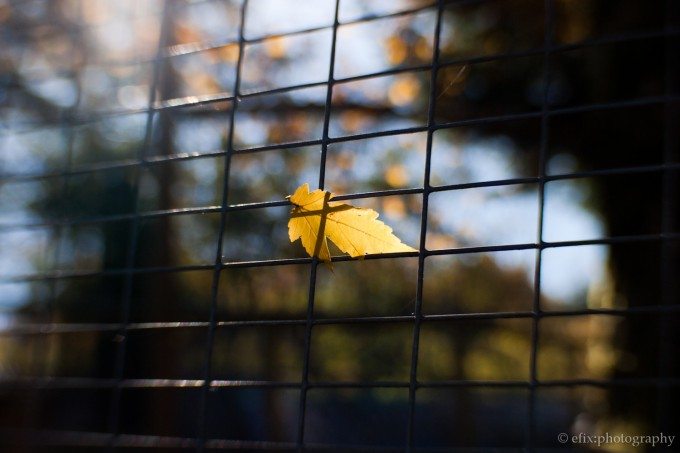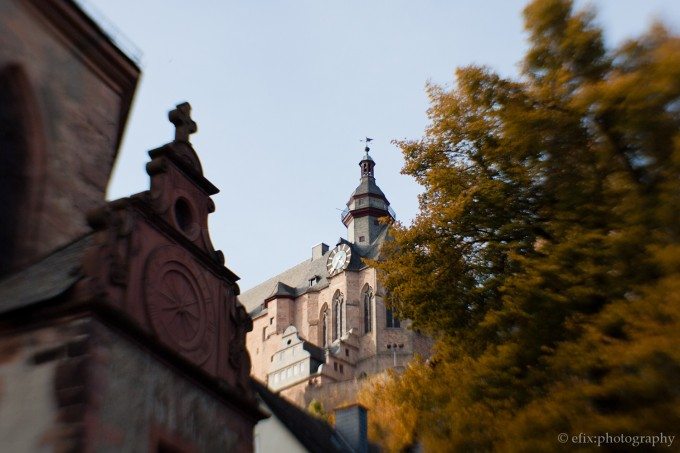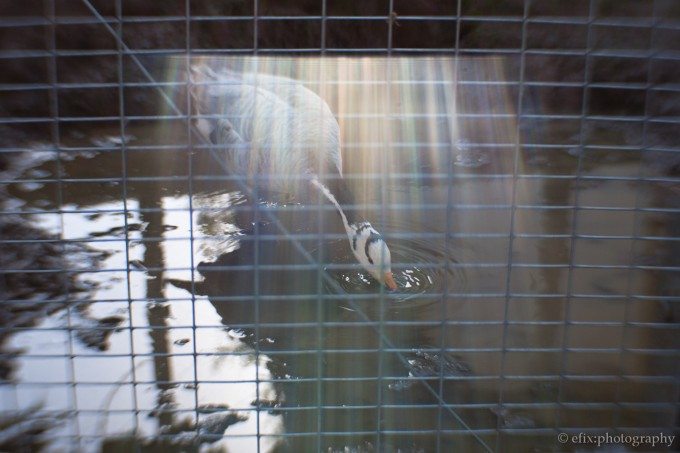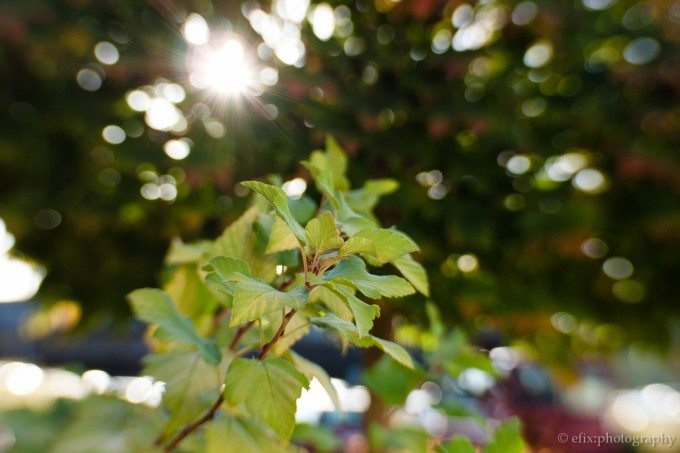A couple of weeks ago, I posted my first impressions on the Lensbaby Composer Pro for Micro Four Thirds. I had been using it together with the Sweet 35 optic module, but since this is such a special lens, I felt I needed to spend more time with it before I could write my final review. Now that I did, I still feel that this is a tool which is hard to master, and am not sure whether I did. The look it creates is so unique that you cannot simply go ahead and shoot stuff like you would with a normal lens. You have to use the combo a lot to find out in which situations it works and in which it doesn’t. With this review, I hope to be able to give you an impression of what you can do with the Composer Pro and Sweet 35, and what you can’t.
What’s awesome: The twelve aperture blades form a perfectly circular diaphragm at all settings.
What’s awful: The tilt mechanism is all wobbly and flimsy when not locked.
What it boils down to: A fun lens yielding very special, artistic results. It’s not for everyone.
Gear Used
- Olympus E-P1 digital camera
- Panasonic G1 digital camera
- Lensbaby Composer Pro with Sweet 35 optic
Lensbaby Composer Pro and Sweet 35 Specs
Composer Pro lens body
- Refined metal ball design delivers ultra-smooth focus and tilt control
- Ships with either the Sweet 35 Optic or Double Glass Optic installed
- Compatible with the Lensbaby Optic Swap System
- Focus Type: Manual
- Size/Weight: 2.25” (5.71cm) high x 2.5” (6.35cm) wide / 4 oz (113.4g)
- Tilts from zero to 17.5 degrees
Sweet 35 optic module
- Focal Length: 35mm
- 12-blade adjustable aperture
- Aperture range: f/2.5 – f/22
- Selective focus optic
- Focuses from approximately 7.5” to infinity from the front of the optic when used with Composer, 6.5” with Scout, and 3” with Muse and Control Freak
- Compatible with Macro Converters for even closer focus
- Compatible with Lensbaby Composer, Scout, Muse, and Control Freak lens bodies
- 4 multi-coated glass elements, in three groups
- 46mm front threads (will only work with the Lensbaby Macro Converters and not the 37mm Lensbaby Accessories)
- Macro Converters are required to use Sweet 35 with Composer with Tilt Transformer (for mirrorless cameras)
- Ships with clear plastic storage case and removal tool
Mechanics and Ergonomics
Both the Composer Pro body proper as well as the Sweet 35 module are very solidly built, made mostly from metal with some plastic and rubber parts here and there. The Composer Pro body offers the ability to tilt the picture in any direction by up to 17.5°. The mechanism can either be locked in position at any angle, or the amount of force needed to twist it can be adjusted from almost locked to almost wobbly. When the locking mechanism is fully open, the tiltable part of the Composer Pro has very little friction and will thus not hold in place in any position. When the mechanism is fully locked, it is still possible to tilt the Composer Pro, although then a lot of force is required. It needs a bit of practice to find a setting that is tight enough to hold the Composer Pro in place, yet loose enough to enable precise tilting. What I miss is the possibility to perfectly aid the lens — since the tilt mechanism runs entirely freely, you won’t know when your lens is centered unless you check from all angles. I found that a bit annoying.
The focusing ring runs very smoothly and is a joy to operate, although here again I have some criticism (which I already mentioned in my preview):
- The Composer Pro focuses well beyond infinity. I understand that because of tilting mechanism tolerance have to be pretty high, but I wonder if they really need to be that high.
- The focus could use a little more throw. The way it is now, it’s extremely difficult to focus precisely with wider apertures, as you’ll be in and out of focus again by the slightest of a twist.
These two problems might be in part specific to the Sweet 35; I can’t say how the focusing works with other optic modules as I only used the Sweet 35. But I could imagine that with longer lenses such as the Edge 80, precise focusing will be even more difficult.
All in all, I find the Composer Pro and Sweet 35 to be very well made and not overly complicated to use.
The Sweet 35 for Close-Ups
In the time I had with the Composer Pro and Sweet 35, I found the combo worked best for close-ups. I’ve seen wonderful landscape pictures taken with the combo in Lensbaby’s gallery, but somehow mine never turned out as nicely. However, when placing an object with an offset background in the center of the image, I found the Sweet 35 did a very nice job of emphasizing said object, while nicely blurring away the background thanks to its sweet spot. Below are some examples of close-up shots taken with the Composer Pro and Sweet 35.
In the above pictures, the subject is even more pronounced that it would be with a ‘regular’ 35mm lens with equal aperture setting, thanks to the fact that outside of the Sweet 35’s sweet spot, everying gets blurred away. The offset background in these pictures help to suppress the typical ‘warping’ look that you get when aiming the Sweet 35 at a (more or less) even surface.
In this shot, you can see the typical ‘warpin’ that goes from the sweet spot towards the corners. In the center of the image, the show is perfectly crisp and in focus, and emphasized by the blurring of everything around it.
Bright highlight spots in the out-of-focus areas, as in the picture above, also show the outward ‘warping’. This effect can be annoying, but it can also contribute to a very special and sometimes attractive look, as I find it does here. The same holds true for the next picture, where I tilted the Composer Pro for a change (something which I admittedly only very rarely did.)
The Sweet 35 for Portraits
Since many of our readers as well as in our staff make a living from shooting portraits, I figured I should try myself at this photographic genre and see what the Sweet 35 can do in this regard. With its sweet spot and strong blurring around it, I anticipated it to lens itself very well at portraiture, and I was not wrong. Indeed, the Sweet 35 does a great job of concentrating the view on the photographed persons face, while gently blurring away everything around it. Not being an avid portraitist myself, a couple of pictures of my family will have to suffice to give you an impression of how the Sweet 35 fares in such a scenario.
The Sweet 35 at the Zoo
On a recent trip to the zoo, I took the Composer Pro and Sweet 35 along. It turned out to be well suited for this, for two reasons:
- On a Micro Four Thirds body the Sweet 35 has an angle-of-view comparable to that of a 70mm lens on a 35mm camera, making it in fact a short tele. This helps with getting closer up to a subject.
- With its sweet spot, the Sweet 35 did a nice job of isolating the animals (or parts of their body) from the background.
Besides taking pictures of animals, I also took some pictures of fall scenery, as I absolutely adore the autumn colors. Here again, the Sweet 35’s strength of being able to strongly emphasize a photographicsubject or object becomes apparent.
The Sweet 35 for Landscapes and Scenery
As I already mentioned in the beginning, I never quite got the Sweet 35 to work for landscape photography. However, I did come away with some pictures from around town that I actually liked. Again, I used the sweet spot to emphasize on a specific part of the image, mostly something at its center. This is strength of the Sweet 35 and its reason to exist.
In retrospective, I find I do have to experiment more with the Sweet 35 for landscape and architectural photography. Looking at the second picture in particular, I find that it does work for this kind of picture as well, but with all situations where one would use the Sweet 35, the kind of subjects that lend themselves at being shot with the Sweet 35 are not always easy to find. You can’t just go ahead and shoot anything with it — you must actively look for a scene that benefits from the Sweet 35’s special look.
Making Use of the Sweet 35’s Optical Flaws
Unlike most photographic lenses that are designed with good optical performance in mind (i.e. sharp rendering even in the corners, little or no vignetting, even focal plane etc.), the Sweet 35 — like all Lensbaby products — was built specifically to be optically imperfect. While it renders sharply and contrasty withing the sweet spot (much more stopped down than wide open, where it is soft and shows strong chromatic aberration,) outside the sweet spot everything is blurry, even when its stopped down to f/8 or beyond. In addition, the Sweet 35 is very prone to flare with light sources just outside the frame. In a ‘regular’ lens, you don’t want any of this. With a Lensbaby, however, exactly these flaws are what makes it interesting, and you have to make active use of these flaws to achieve the most interesting results.
Below are a couple of pictures where I tried to do just that. (Some of these pictures were already shown in my preview article.)
Lensbaby products do two things: they force you to be creative and to explore new possibilities, and at the same time boost your creativity with their unique capabilities. I would never have taken pictures like those above, where I would intentionally cause the lens to flare, were it not for the fact that the Sweet 35’s flare has a unique and interesting look to it that can actually add to the atmosphere in a picture.
The Sweet 35 for Video
Of course, this wouldn’t be a proper lens review without some video footage taken with the Composer Pro and Sweet 35. Below you find a short clip with some random scenes that I shot in order to see how the Sweet 35 works for videography. Well, it pretty much works the same as for still photography: it emphasizes the part of the frame that is inside the sweet spot, and lends a very unique and special look to a scene.
Note: the Sweet 35’s 12 aperture blades form a perfect circular diaphragm at all aperture settings, thus always yielding harmonic ‘bokeh’ (i.e. rendering of out of focus highlights.) This can be nicely observed in the video footage below, where most of the scenes have been shot with the lens stopped down to at least f/4.
Verdict
Well, there isn’t really much to say. I went over the Composer Pro and Sweet 35’s build and ergonomics, which are both good yet could need some improvement here and there. I mentioned that the Sweet 35 is a specialty lens that needs a lot of practice to be mastered. Once you found out about how to make use of its strengths and weaknesses though, it rewards you with beautiful pictures that have a totally different look from anyhing you can achieve with a normal lens. This definitely isn’t a lens for everyone, and I wasn’t so sure if it was for me when I started using it. However, now that I used it a lot and learned how to use it, I find it is fun to use and it now has a place in my lens setup. This is not a lens I will be using very often, but every now and then when I find myself longing for that special look, I will take it out of its box, slap it onto my E-P1 or G1, and take some truly unique pictures with it.
Please Support The Phoblographer
We love to bring you guys the latest and greatest news and gear related stuff. However, we can’t keep doing that unless we have your continued support. If you would like to purchase any of the items mentioned, please do so by clicking our links first and then purchasing the items as we then get a small portion of the sale to help run the website.


